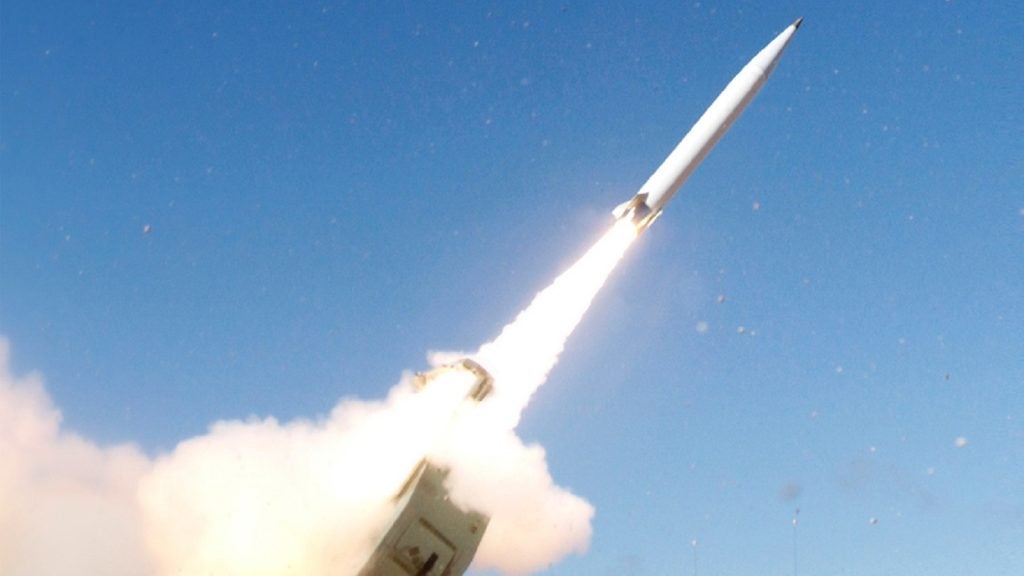
Since the commercialisation of the internet in the 1990s, generic information warfare has mushroomed into many brands. Along with traditional electronic warfare, we now have cyberwarfare, e-warfare, and even information warfare with national trademarks, such as the China's 'informatised warfare'.
How do we keep it all straight without a scorecard? Let's start from first principles.
Ying and yang
In the electronic context, information warfare comprises two major branches – radiation warfare (RW) and data warfare (DW) – that are like yin and yang.
Traditional electronic warfare is, essentially, RW. Here, electromagnetic radiation (e.g. radio waves) is used to degrade the quality of information that opponents receive through their own sensors or to destroy such sensors physically. The latter outcome can result from power surges analogous to a lightning strike on an ungrounded toaster, or from standard kinetic means such as radiation-seeking munitions.
See Also:
Semantically, information warfare is more accurately DW, in that both good information and disinformation consist of data. Leaving aside the theoretical distinctions, DW essentially involves obtaining control over opponents' processing, analysis and decision-making infrastructure in order to make it act in your interests rather than theirs. DW can range from infecting computers via well-known techniques such as internet-borne viruses, to inserting disinformation into a radio data stream
through highly classified techniques with specialised equipment.
How well do you really know your competitors?
Access the most comprehensive Company Profiles on the market, powered by GlobalData. Save hours of research. Gain competitive edge.

Thank you!
Your download email will arrive shortly
Not ready to buy yet? Download a free sample
We are confident about the unique quality of our Company Profiles. However, we want you to make the most beneficial decision for your business, so we offer a free sample that you can download by submitting the below form
By GlobalDataThe fundamental difference between RW and DW, metaphorically, is that RW targets the sensory organs whereas DW targets the brain.
- RW causes direct physical disruption, whether electromagnetically or mechanically. DW avoids direct physical damage but, continuing the metaphor, causes adverse changes in consciousness and/or psychological condition.
- RW is always functionally destructive in some physical way but DW actually seeks to preserve physical infrastructure in order to exploit it. If data was frozen because receivers and transmitters didn't work, DW wouldn't work either.
- Conversely, RW makes no attempt to capture assets but DW ideally aims to hijack rather than disable the brain.
Sophisticated entities can conduct RW and DW independently of each other but RW and DW together are highly synergistic, as demonstrated by the Israel air raid into Syria in 2007. An entire enemy C3ISR infrastructure is rarely, if ever, vulnerable to complete capture or total destruction but individual elements are often vulnerable to one or the other.
As a rule, effectiveness shifts from RW to DW the deeper in enemy territory an IT target is. By hijacking what is penetrable and destroying what is not, a skilful entity might be able to know everything that an opponent is doing or thinking.
Similar resource usage, different operational philosophy
The common RW paradigm is neutralising power with power. All direct opposition, whether electromagnetic or not, usually becomes an arms race that requires high power output and plentiful generating resources. Over time, conducting RW usually requires more or better capital assets, which are usually expensive and observable. Effective RW is, therefore, generally the domain of sophisticated and affluent militaries.
Nevertheless, the modestly endowed can still employ RW – just in a more covert manner. Although RW can be as complex as a nuclear EMP device, it can also be as simple as a mobile-phone-jamming microwave oven or a souped-up laser pointer.
Similarly, some of the mystique of DW stems from the ability to execute it with very limited resources. According to Major General William Lord, head of the USAF's Cyberspace Command, "the price of admission to [DW] is the price of a laptop," along with network access costs.
Capital barriers to DW entry are so low because the essence of DW is closer to espionage than warfare. Deception – of antivirus programmes, network firewalls, then C3I aggregators and ultimately commanders – is the hallmark of DW. For operations based on deception, large physical resource bases are unnecessary and often counterproductive because they are large and noticeable, particularly if close to the target.
However, fully exploiting DW is as resource-intensive as RW, albeit in a different way. Intelligence extraction from 'spearphishing'-type campaigns such as the 2007 penetration of US defence consultant Booz Allen Hamilton requires the resources of an advanced nation, according to security experts knowledgeable with the episode. Conversely, 'garbage-insertion' attacks require enough surveillance and reconnaissance to create disinformation that adversaries find plausible
– a mediocre opponent would dismiss obviously bogus info and a competent enemy might draw accurate inferences from the misdirection.
DW requires human (not technical) capital
Although the 'raw materials' for DW may be as simple as PC hardware and some programming suites, the skills needed to employ these tools for real DW are quite high. In this respect, the explosion of IT training tracks the growing specialisation of the IT world and its increasing integration into higher math and science.
However, such entry barriers are far from insurmountable for several reasons:
- The immense scalability of IT more than compensates for limited DW operatives. Indeed, common cyberweapons such as denial-of-service attacks are possible only because of the enormous leverage inherent in IT.
- Of all technological disciplines, IT is the most learnable via self-education. IT is highly experiential, and unlike engineering or chemistry, gaining IT experience does not require expensive labs.
- Consequently, the key resource for a DW capability is not so much trained people, but smart people. Education may be proportional to resources but cognitive talent, at least in absolute numbers, is generally proportional to population. By implication, a DW race may not favour those with the most established infrastructure but rather those who can produce the greatest numbers of smart people – and organise, discipline, and motivate them to work together. Needless to say, this
description does not necessarily call to mind the traditional western powers. - Finally, IT malware has followed the same trajectory as IT hardware: it starts out complex and expensive, but becomes a simple and cheap commodity within a few years. In fact, hacker programs and applications are commercialised enough to sell on internet marketplaces – just like drugs and pornography.
A final disturbing implication is that small groups or even single individuals can launch private wars, which will come as no surprise to victims of cyberthieves and other virtual malefactors.
and DW independently of each other.”
As far back as 1998, in an episode codenamed Solar Sunrise, a rogue application searched out and entered through holes in the firewalls of US military computers.
The malware authors were two California teens and an Israeli associate. Given that the malware did nothing except cover up its own entry, the teenagers presumably launched the break-in for geeker glory, but this was scant consolation to the Pentagon.
More recently, a UK man operating completely alone penetrated Pentagon and Nasa networks for over a year. Unlike the American youths, this adult deleted files and crashed networks before being caught. When the US Army created its recruiting slogan, 'an army of one', this is not what it had in mind.





